Alright biology buffs, time to test your knowledge of cell transport! We’ve got a Cell Transport Review Worksheet designed to challenge your understanding of how things move in and out of those amazing microscopic universes we call cells. Whether you’re prepping for a quiz, brushing up for an exam, or just genuinely curious about the fascinating processes that keep us alive, this worksheet will help solidify your grasp of the key concepts. Think you’re a pro at distinguishing between passive and active transport? Can you define osmosis with your eyes closed? Do you know the difference between endocytosis and exocytosis? Let’s find out!
This worksheet covers a wide range of topics, from the simple diffusion of molecules across a membrane to the energy-requiring mechanisms that allow cells to concentrate specific substances. We delve into the roles of proteins in facilitated diffusion and active transport, exploring the importance of gradients and the various types of transport proteins involved. We also touch upon the bulk transport mechanisms that allow cells to engulf large particles or secrete macromolecules. Understanding these processes is fundamental to understanding how cells maintain homeostasis, communicate with each other, and ultimately, how life functions.
Before you dive into the answers below, take a stab at the worksheet yourself! Really challenge yourself to remember the key terms and concepts. Try to explain the processes in your own words. Draw diagrams to visualize the movements of molecules. The more active you are in your learning, the better you’ll retain the information. And remember, there’s no shame in looking up the definitions or rereading your textbook – that’s part of the learning process! Once you’ve completed the worksheet, come back here to check your answers and see how you did.
Below is the answer key to the Cell Transport Review Worksheet. Good luck, and may your membranes always be selectively permeable!
Cell Transport Review Worksheet – Answer Key
Here are the answers to the Cell Transport Review Worksheet. Check your work carefully and see how you did!
Part 1: Basic Definitions
- Diffusion: The movement of molecules from an area of high concentration to an area of low concentration.
- Osmosis: The movement of water across a selectively permeable membrane from an area of high water concentration (low solute concentration) to an area of low water concentration (high solute concentration).
- Active Transport: The movement of molecules across a cell membrane against their concentration gradient, requiring energy (ATP).
- Passive Transport: The movement of molecules across a cell membrane without the use of energy.
- Concentration Gradient: The difference in concentration of a substance across a space.
- Selectively Permeable Membrane: A membrane that allows some substances to pass through but not others.
- Isotonic: When the concentration of solutes is the same inside and outside the cell.
- Hypotonic: When the concentration of solutes is lower outside the cell than inside the cell.
- Hypertonic: When the concentration of solutes is higher outside the cell than inside the cell.
- Facilitated Diffusion: The movement of molecules across a cell membrane with the help of transport proteins, without requiring energy.
Part 2: Identifying Types of Transport
- A cell engulfing a large particle: Endocytosis
- Movement of oxygen from the lungs into the blood: Diffusion
- Movement of glucose into a cell with the help of a protein: Facilitated Diffusion
- Movement of sodium ions out of a nerve cell: Active Transport
- Movement of water into a cell placed in a hypotonic solution: Osmosis
- A cell secreting a protein: Exocytosis
- Movement of small, nonpolar molecules across the membrane: Diffusion
- The sodium-potassium pump: Active Transport
- White blood cells engulfing bacteria: Phagocytosis (a type of Endocytosis)
- The process by which cells take in dissolved substances and fluids: Pinocytosis (a type of Endocytosis)
Part 3: Osmosis and Tonicity
- What happens to a cell placed in a hypertonic solution? The cell will lose water and shrink (crenate).
- What happens to a cell placed in a hypotonic solution? The cell will gain water and swell, possibly burst (lyse).
- What happens to a cell placed in an isotonic solution? There will be no net movement of water, and the cell will maintain its shape.
- Explain why plants prefer a hypotonic environment: Plants prefer a hypotonic environment because the influx of water creates turgor pressure, which helps maintain the rigidity of their cells and support the plant’s structure.
- Define turgor pressure: Turgor pressure is the pressure exerted by the cell contents against the cell wall in plant cells, resulting from the osmotic uptake of water.
Hopefully, this answer key has been helpful! Remember, understanding cell transport is crucial for grasping many other biological processes. Keep practicing, and you’ll be a cell transport expert in no time!
If you are looking for Cell labelled diagram hi-res stock photography and images – Alamy you’ve came to the right web. We have 20 Pictures about Cell labelled diagram hi-res stock photography and images – Alamy like Definition of cell – NCI Dictionary of Cancer Terms – NCI, Cell Biology – Biology Online Tutorial and also What is an Animal Cell? | Definition and Functions | Twinkl. Here you go:
Cell Labelled Diagram Hi-res Stock Photography And Images – Alamy
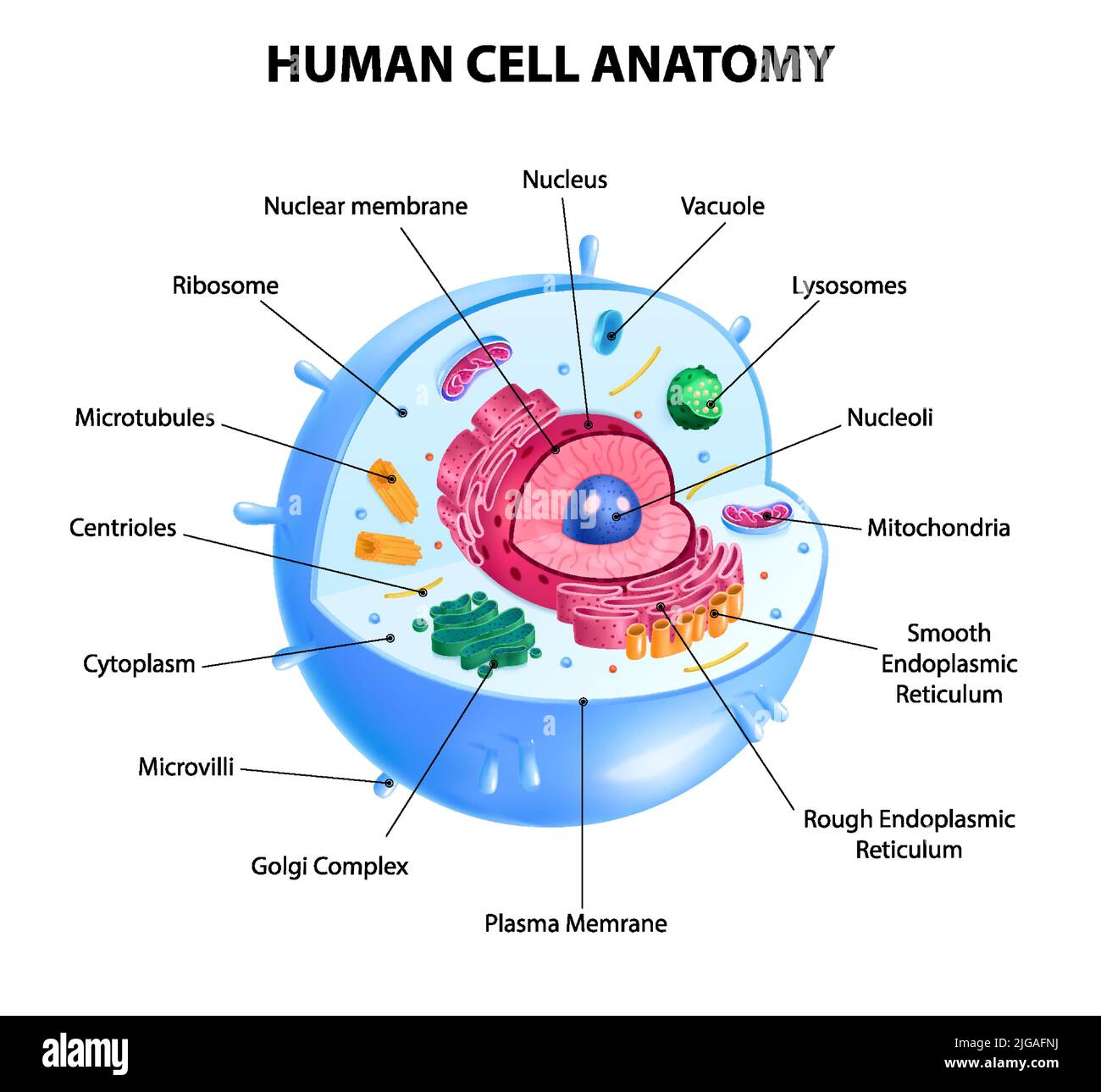
www.alamy.com
Animal Cell – Diagram, Organelles, And Characteristics | Cell Diagram

www.pinterest.com
Research On Cells | Create WebQuest
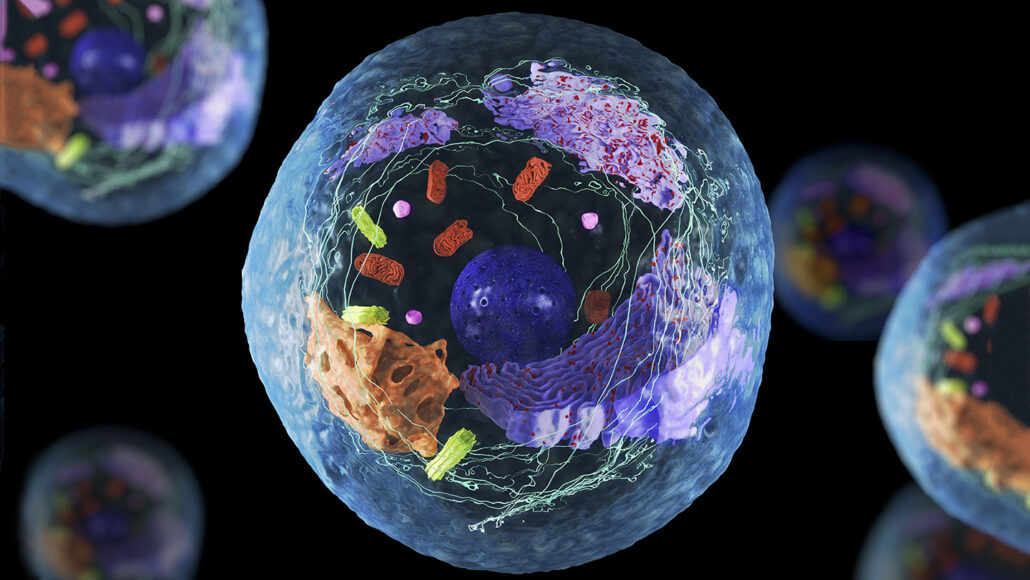
www.createwebquest.com
Cell – Proteins, Structure, Function | Britannica

www.britannica.com
Human Cell Membrane
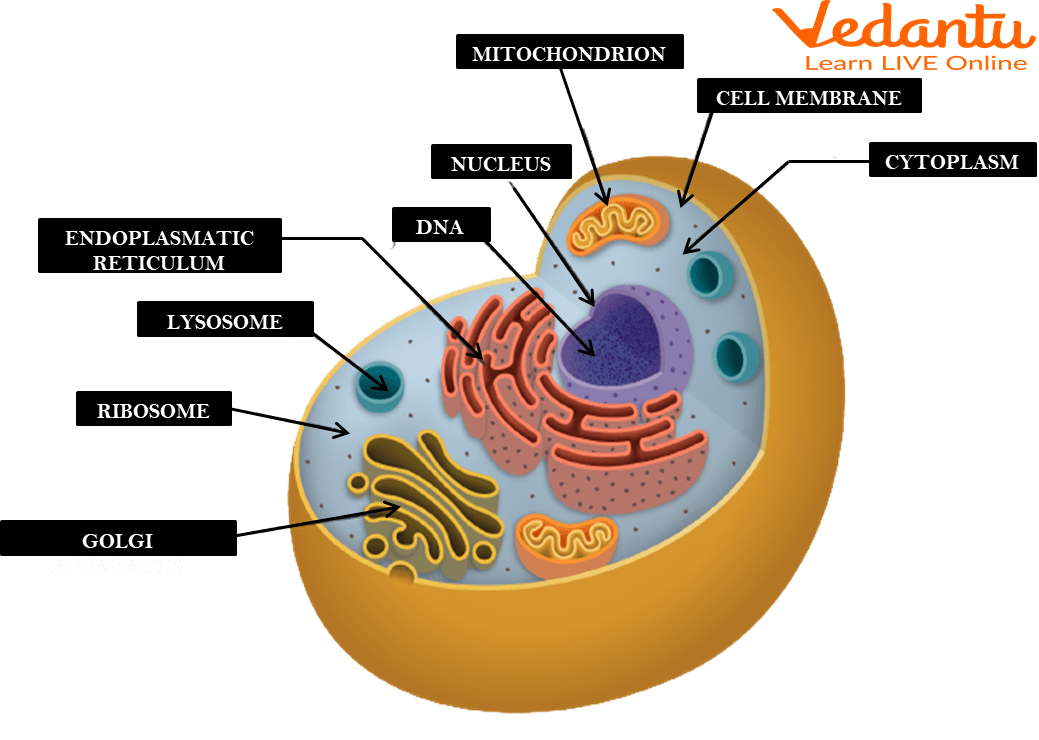
ar.inspiredpencil.com
Animal Cell Structure
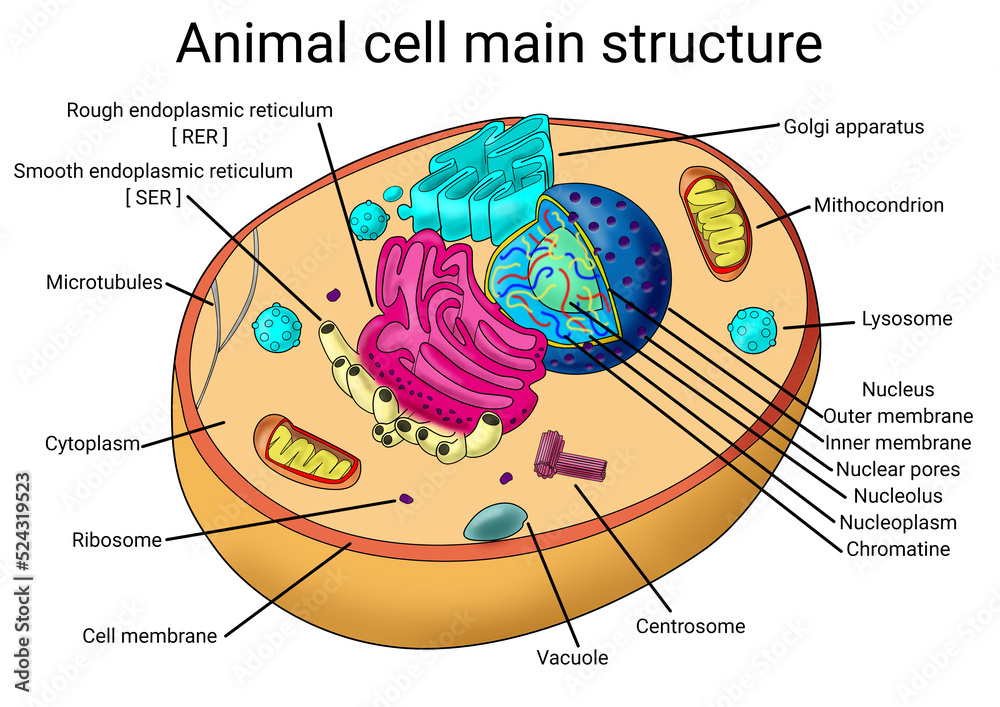
animalia-life.club
Célula Animal Célula Animal PNG ,dibujos Célula Animal, Células, Ipa

es.pngtree.com
Cell Biology Flashcards | Quizlet

quizlet.com
Cell

ar.inspiredpencil.com
Animal Cell Model Labeled And Functions

lessonlibletterings.z22.web.core.windows.net
Issue: Trends In Cell Biology

www.cell.com
10 Mind-Blowing Facts About Cells You Need To Know – Sci Chores

scichores.com
What Is An Animal Cell? | Definition And Functions | Twinkl
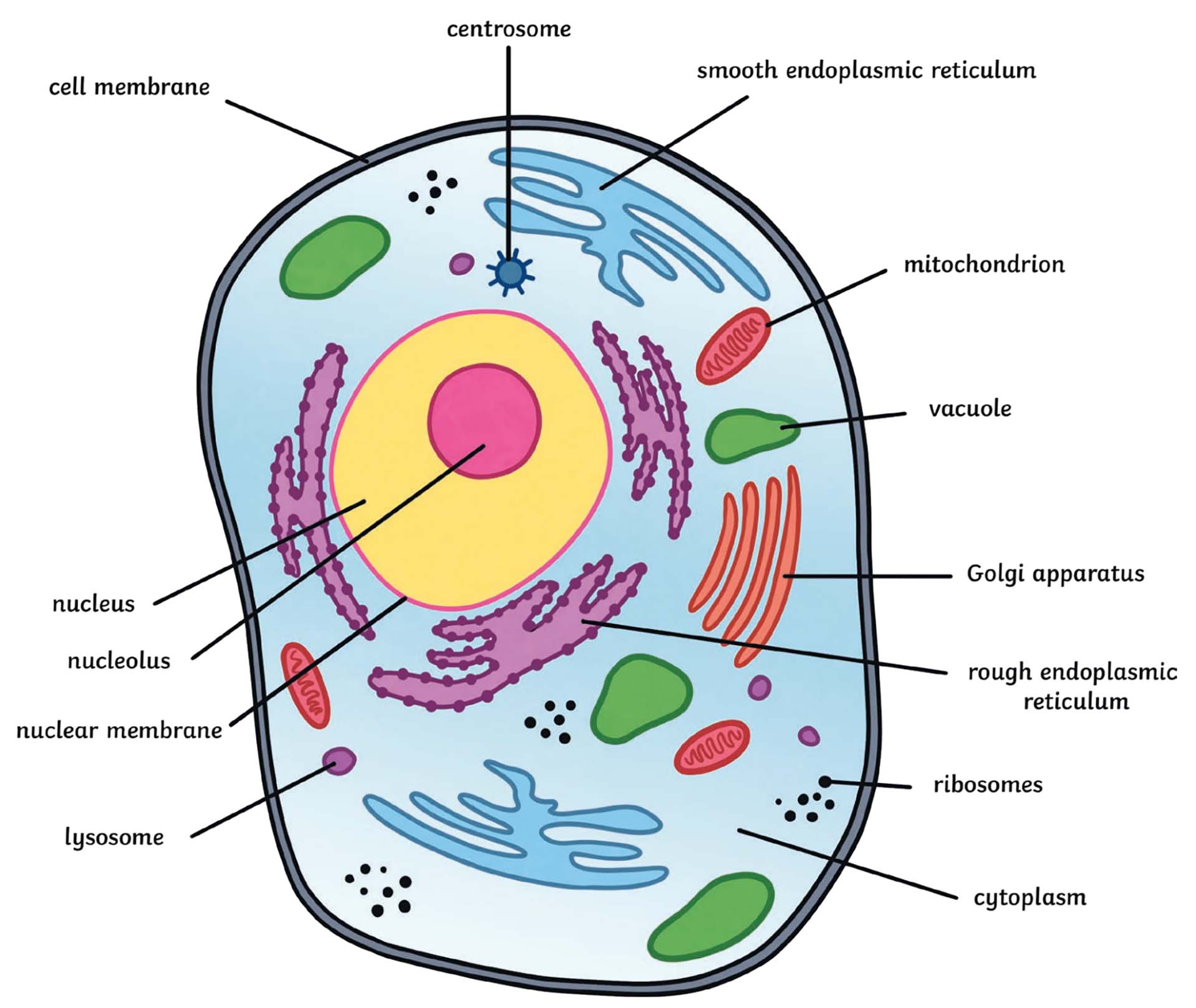
www.twinkl.pl
Cell Nucleus Biology Organelles – Atiara Diguna

atiaradiguna.blogspot.com
Animal Cell Organelles By Teach Simple

teachsimple.com
What Does E Mean In Math? | TEL Gurus
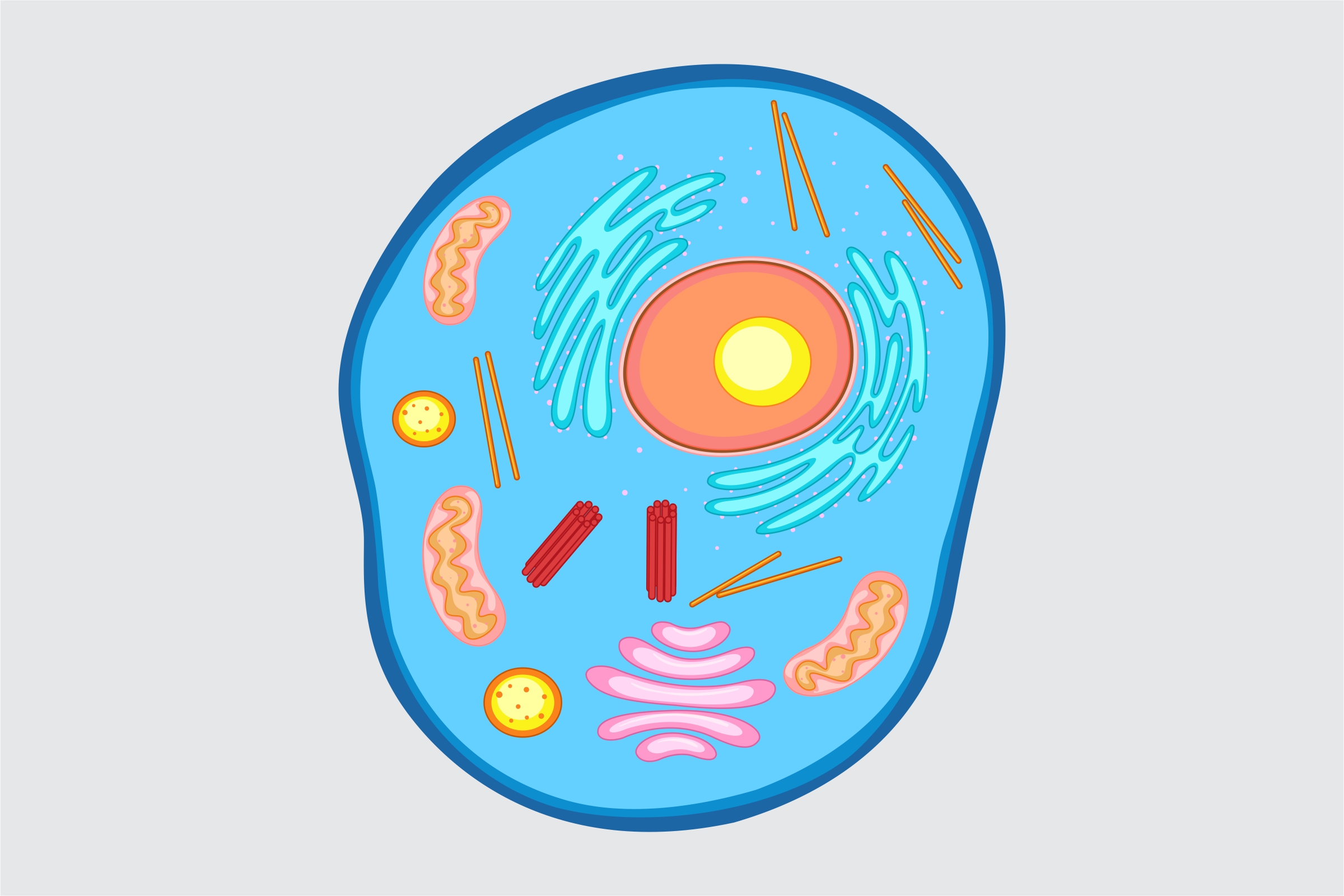
telgurus.co.uk
Cell Biology – Biology Online Tutorial
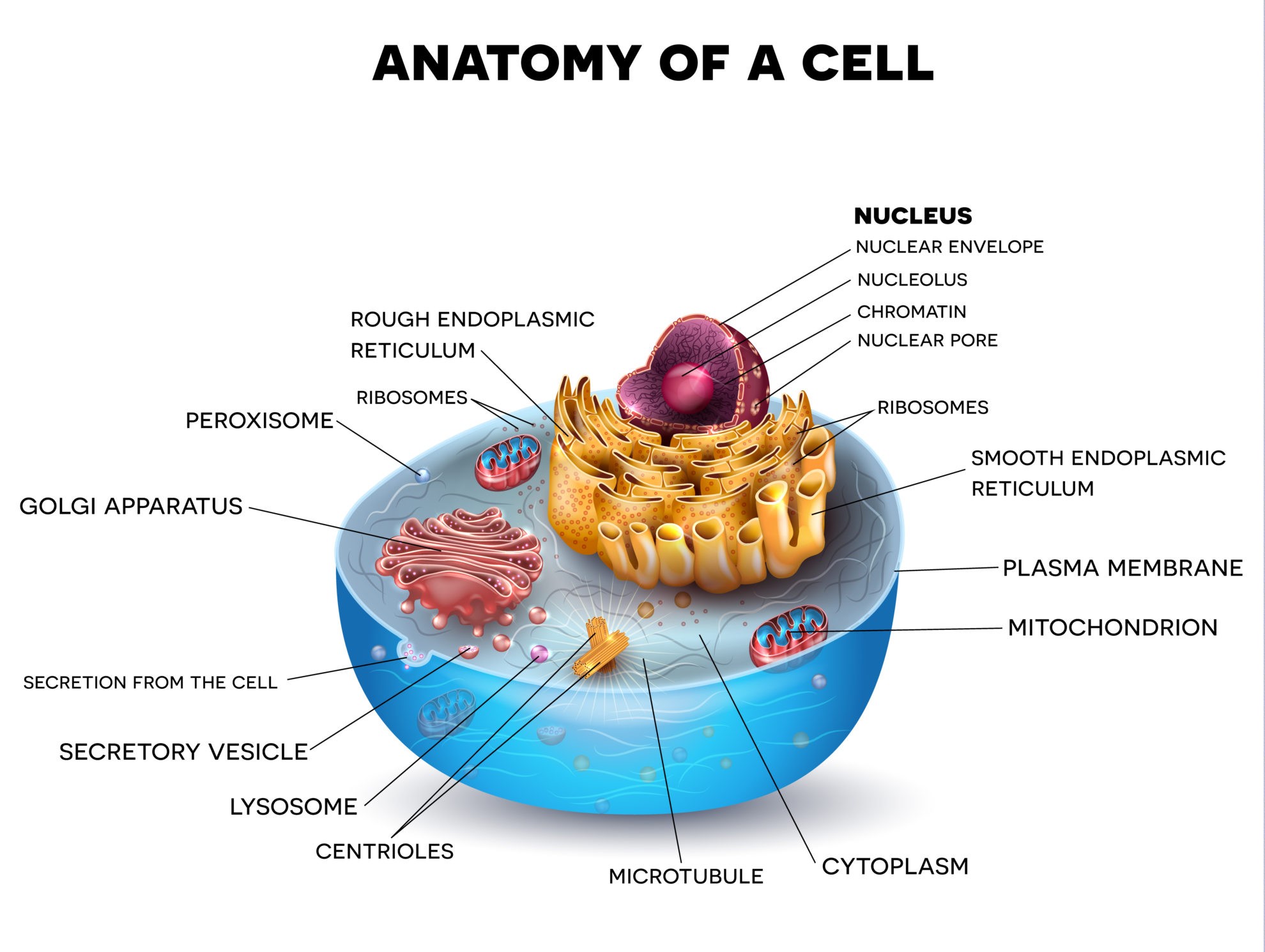
www.biologyonline.com
Plant And Animal Cell Diagram Labeled
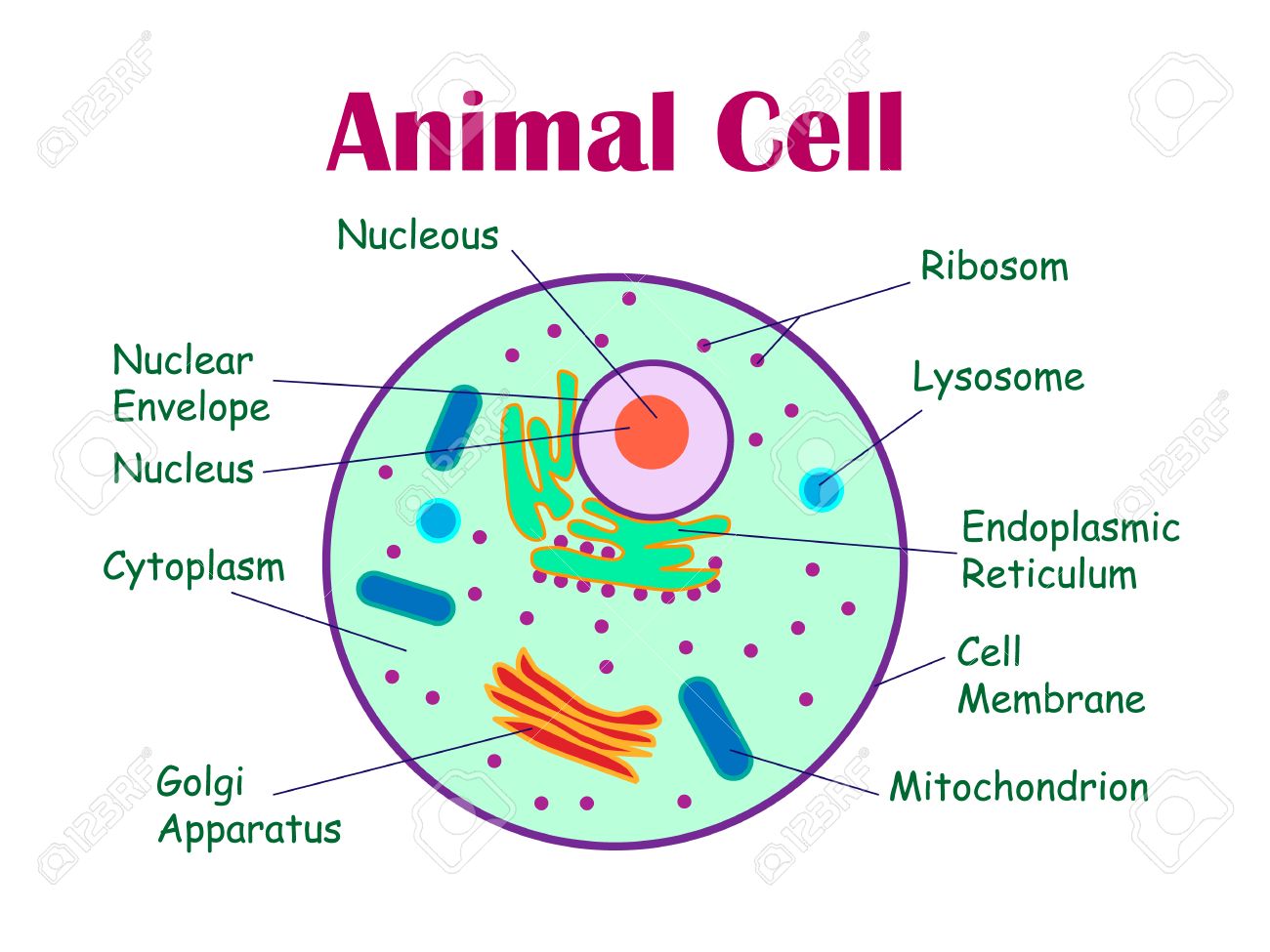
wirepartfrontwards.z14.web.core.windows.net
Microtubule Animal Cell
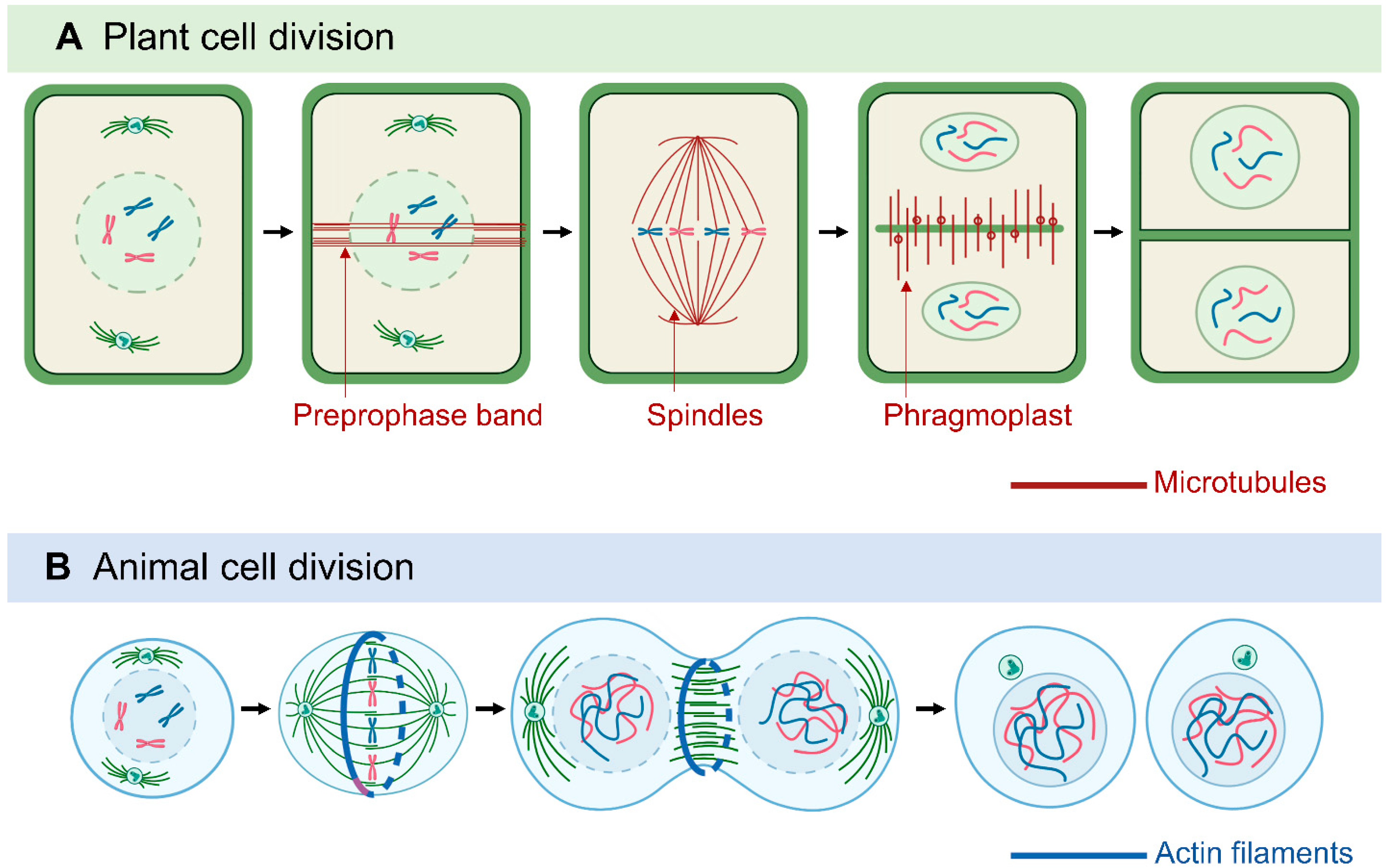
animalia-life.club
Definition Of Cell – NCI Dictionary Of Cancer Terms – NCI
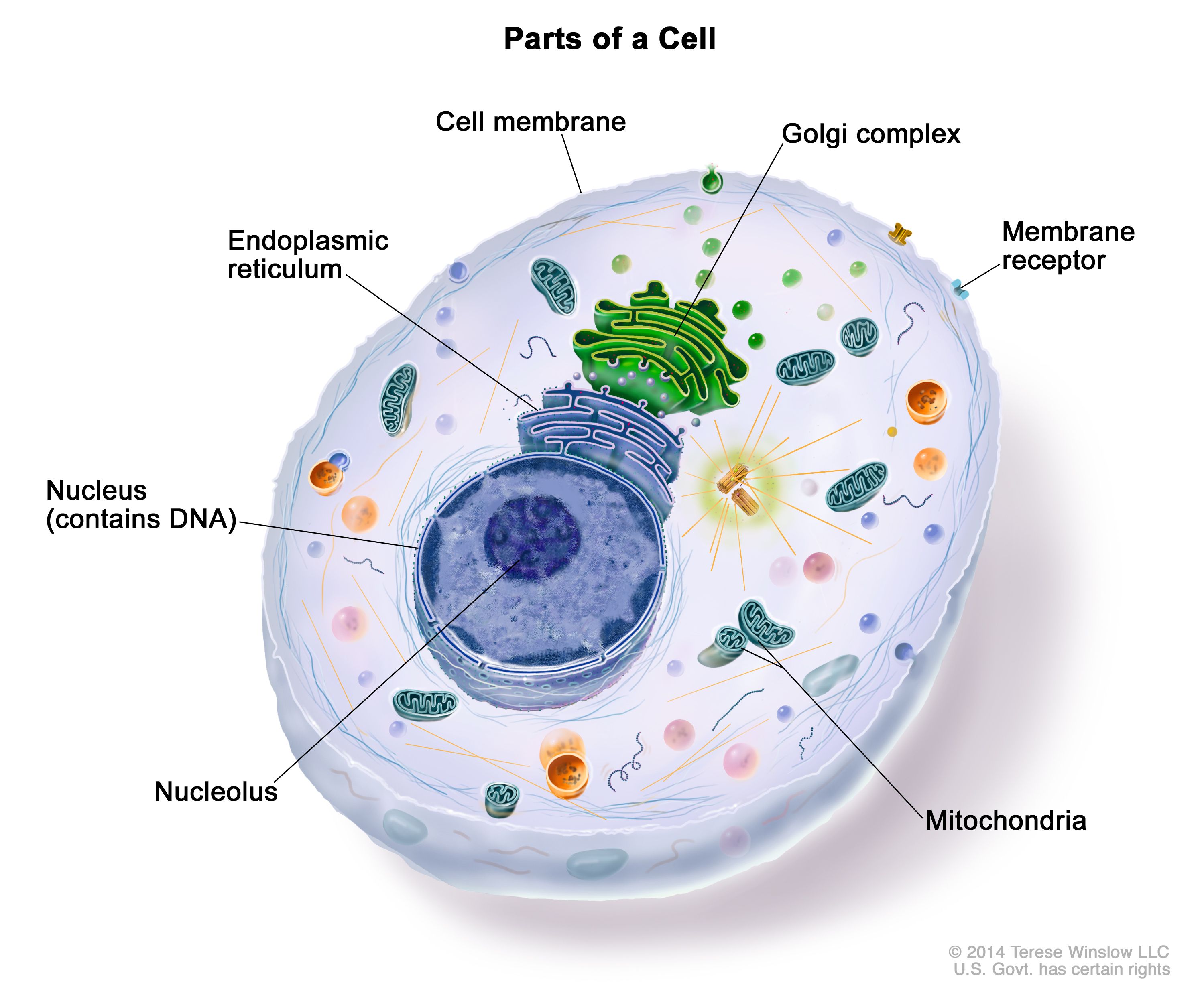
www.cancer.gov
Cell nucleus biology organelles. What is an animal cell?. 10 mind-blowing facts about cells you need to know